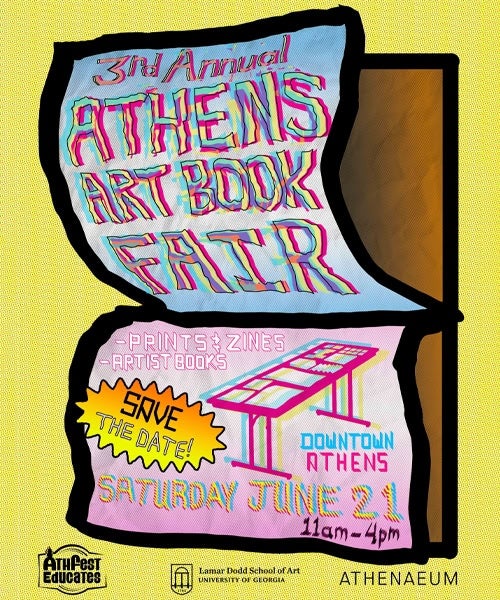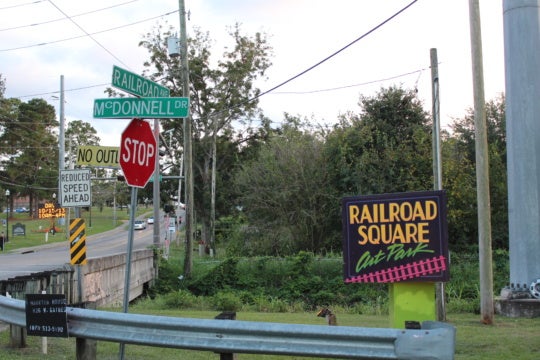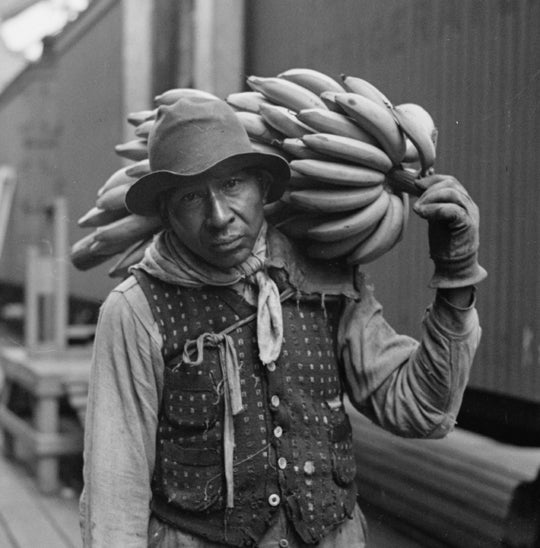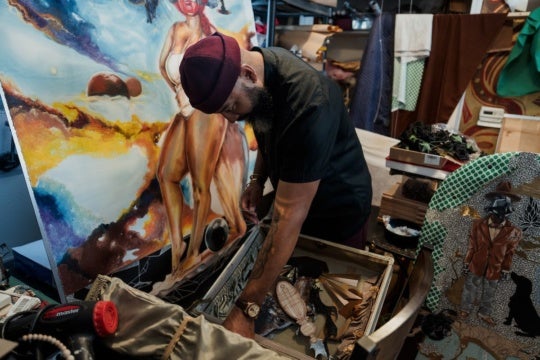
Although it hosts temporary exhibitions related to its larger mission, the Jimmy Carter Presidential Library and Museum is, first and foremost, a history museum documenting one of the most remarkable and diverse lifetime careers among Nobel Peace Prize recipients. (Under President Carter’s guidance, the adjacent but independent Carter Center has devoted itself to the monitoring of global elections, eradication of endemic tropical diseases, and other ambitious activities not usually associated with former United States Presidents—though at least one of his successors has sought to emulate Carter’s activist example.)
President Carter’s election and term in office came in the wake of the celebration of the American Bicentenary, and Americans still ebullient with the Spirit of ’76 donated a host of locally made artworks to Carter on his presidential visits or other occasions. A number of these gifts are displayed in Patriotic Expressions: Ulysses Davis’ Presidents from the Beach Institute and Works from the Carter Library in a side gallery of the museum [February 2-April 21, 2013].
The beaded bolo ties and portrayals of American eagles and the Statue of Liberty here range from professional to earnestly awkward, and they might serve to start a conversation on the evaluation of degrees of aesthetic success in folk and popular arts. The purpose of their exhibition in Patriotic Expressions, however, is essentially historical, not aesthetic: This exhibition assembles objects that were deemed to be most characteristic and significant by the communities and institutions that presented them to President Carter from 1977 to 1981.
Ulysses Davis’s busts of the American presidents from Washington to George H.W. Bush (the president in office when Davis died in 1990) are another story. Davis is the legendary Savannah barber whose sculptures have been widely exhibited and have found a home in distinguished folk art collections; much of his most significant work, however, was kept together as a unified collection at Savannah’s Beach Institute, including the Presidents series.
Thus it is that Davis’ presidents are on loan for display at the Carter Library, minus only the small Jimmy Carter bust, which is replaced here by the large unpainted version that Davis presented to President Carter at the opening of the Missing Pieces: Georgia Folk Art 1770–1976 exhibition in Washington. The other presidential portraits are about eight inches high, and all in mahogany except James Buchanan, whose bust was carved in pecan wood; apart from the Reagan and Bush carvings, all date from the 1970s (the last busts reportedly begun as soon as the election results were broadcast). The presidents who wore spectacles have had their eyeglasses added in fetchingly miniature transparency, though the medium Davis used isn’t noted on the exhibition captions.

It’s become standard in commentaries on Davis to note that the figures’ clothing is painted but the faces are not, thus presenting the presidents of the United States in African American skin tones; in the catalog to the High Museum’s 2009 Davis retrospective, folk art curator Susan Mitchell Crawley adds the speculation that Buchanan was carved in distinctly un-precious pecan rather than ennobling mahogany as a rebuke for his dithering policies regarding slavery on the brink of Southern secession. No one seems to have thought to ask Davis directly, although there are an ample number of examples of occasions when rude questions of this sort were sidestepped by African American creators of a certain age.
Davis, at least, became a well-known figure in folk art circles after the Missing Pieces show; but except for Davis, Peter Max, and a professional T-shirt designer with a present-day website, the creators of the works selected from the Carter Library collection seem not to have gained enough long-term recognition to turn up in web searches. It would be intriguing to know more about these artists and how they came to be the bearers of local styles and sentiments when the occasion arose to present a gift to the President of the United States. Presumably the stories still endure, enshrined in pre-digital local print media in places like Elk City, Oklahoma.





